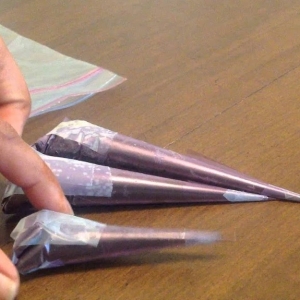The selection of materials for mold components is a critical step in the design and manufacturing process. The choice of material directly impacts the performance, durability, and cost of the mold. Key considerations include strength, hardness, wear resistance, and corrosion resistance. These properties are essential for ensuring the longevity and reliability of mold components.
Strength and Hardness:
Strength and hardness are fundamental properties that determine the ability of mold components to withstand the pressures and forces encountered during the molding process. High-strength and high-hardness materials, such as tool steels, are commonly used for core and cavity components. These materials can handle the high pressures and temperatures without deforming or breaking, ensuring the mold's structural integrity.
Wear Resistance:
Wear resistance is crucial for components that come into contact with molten materials, such as wear plates and guide strips. Materials with high wear resistance, such as hardened steels and specialty alloys, can significantly extend the lifespan of these components. This reduces the frequency of replacements and maintenance, leading to cost savings and increased production efficiency.
Corrosion Resistance:
Corrosion resistance is particularly important for molds used in environments where they are exposed to corrosive agents, such as certain plastics or chemicals. Stainless steels and nickel-based alloys are often chosen for their excellent corrosion resistance properties. Using corrosion-resistant materials can prevent degradation and ensure the mold maintains its performance over time.







